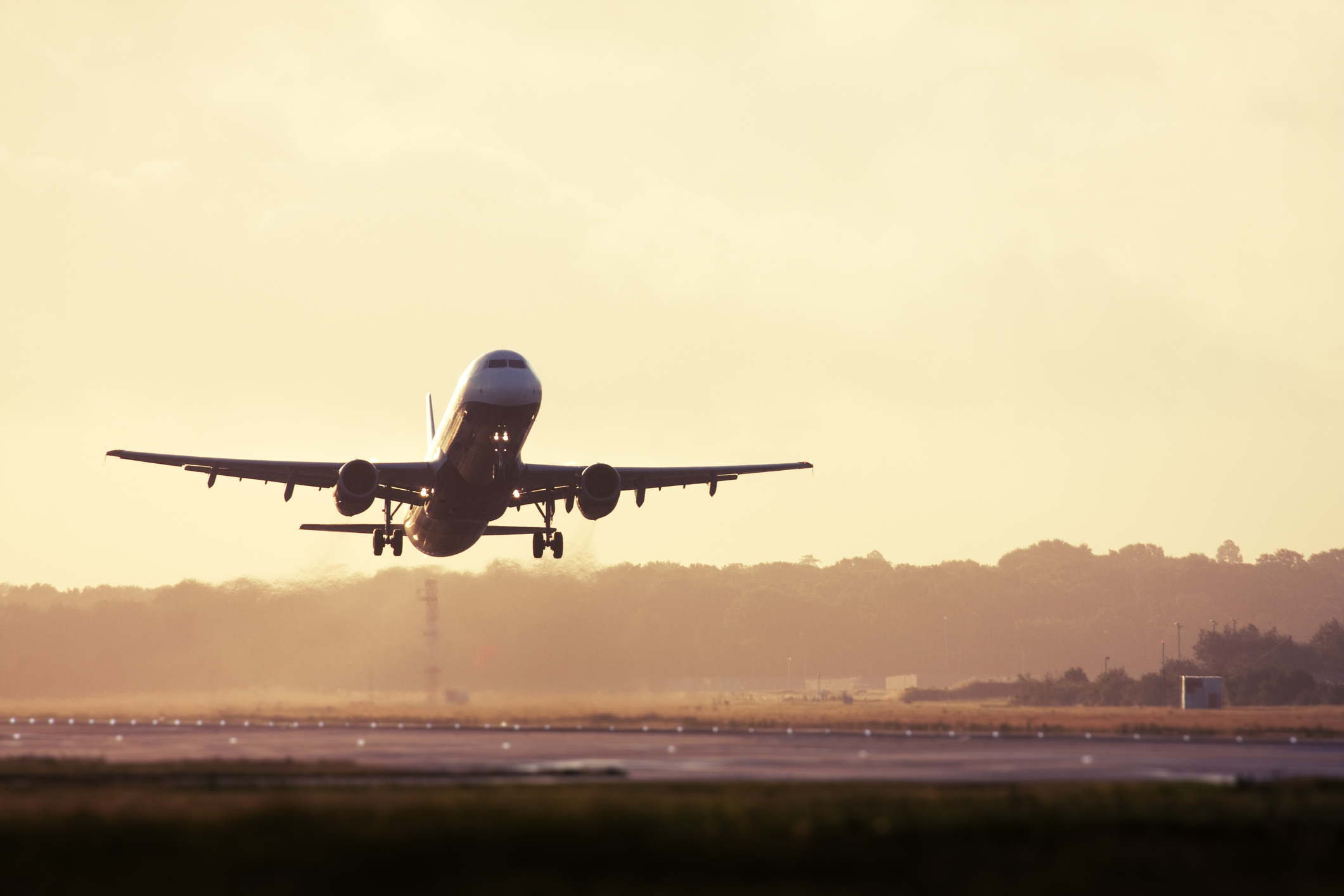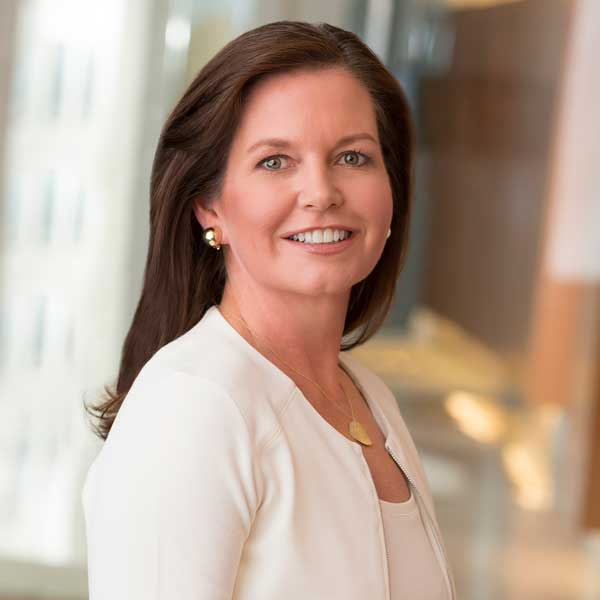Lawmakers Lay Into Agencies, Telecoms Over C-Band Aviation Interference Issues
House panel calls last-minute scramble embarrassing, ridiculous and inexcusable

The House Transportation and Infrastructure Committee’s Subcommittee on Aviation heard mostly from concerned aviation witnesses about safety issues related to the rollout of 5G wireless services in the C-band in a marathon hearing Wednesday (February 2) titled “Finding the Right Frequency: 5G Deployment & Aviation Safety.”
Federal agencies came under withering fire for failure to communicate over the issue. One legislator, though, suggested that it was a case of two sets of engineers at two different agencies — the Federal Communications Commission and the Federal Aviation Administration — not speaking the same language when they were speaking at all.
Legislators also pointed out that the C-band interference issue had been identified years earlier, but there was still a last-minute scramble and talk of catastrophic consequences.
The telecom industry and the FCC were hammered by committee leadership for putting the telcos’ bottom line before safety — and not just in regard to aviation, but also to automobiles and GPS reliability.
Also: Wireless Companies Agree to Modified C-Band 5G Rollout
Democratic and Republican senators set the contentious tone by saying there had been an extraordinary lack of communications and coordination among the FCC, the FAA and the National Telecommunications & Information Administration. The result, the lawmakers said, was ridiculous, embarrassing and inexcusable. AT&T and Verizon Communications delayed their 5G rollouts twice over fears towers close to some airports could cause interference to altimeters, and then had to agree not to light up 5G towers in proximity to airports with low visibility issues while the FCC and FAA attempted to resolve an issue legislators said they had years to hammer out.
Full committee chairman Peter DeFazio (D-Ore.) put much of the blame on the wireless industry, saying it had kept key data on tower heights and positioning proprietary — refusing to share that data even though it was requested by the FAA — and then only late in the process releasing data on its “secret towers and powers.” Only then did it become clear that 5G and altimeters were going to be a big problem, DeFazio said.
He also blamed the FCC for auctioning the C-band spectrum, adding it had also sold off half of the vehicle-to-vehicle spectrum despite arguments from the transportation industry that it was needed for auto safety. He suggested it was much more important to the FCC that consumers could stream HD while walking down the street. DeFazio pointed out that the FCC’s V2V decision had been taken to court and he hoped it would lose.
Having a dropped call is way less serious than having a dropped airplane out of the sky.
— Rep. Peter DeFazio (D-Ore.)
Adding in a third FCC decision — to allow Ligado to launch a satellite-delivered broadband system near GPS spectrum — DeFazio suggested the agency was ignoring any consequences beyond the telecom industry‘s bottom line. “That has to change,“ he said, then clearly angry, he argued the country does not even regulate telecom anymore, “which is why we have the crappiest cell phone service in the world.”
“Having a dropped call is way less serious than having a dropped airplane out of the sky,“ DeFazio said.
After AT&T and Verizon paid billions for C-band spectrum — and after the FCC engineers cleared their 5G services for takeoff adjacent to bandwidth used by aviation — the telcos agreed to delay and adjust their use of that spectrum. They were responding to airline industry and FAA concerns that 5G could cause “catastrophic” interference to avionics systems, specifically altimeters used to tell planes how close they are to the ground while taking off or landing in poor weather.
As a result, and under strong pressure from the Biden administration, the wireless broadband providers also agreed to some “exclusion zones” around those airports until the issue can be resolved, including via the adoption of new altimeter standards.
In his testimony, FAA administrator Steve Dickson said the telecom industry was cooperating and providing data, and that he was confident the issue could be resolved. He said the wireless industry and aviation were working on new flight test data that will help going forward, including retrofitting avionics to make sure they are C-band resistant.
That will likely include informal and formal methods as more 5G is rolled out and as the FCC frees up more spectrum for 5G.
Testifying for the wireless industry, among the eight airline industry witnesses, was CTIA president Meredith Attwell Baker. Baker is arguably uniquely qualified to weigh in, since she has seen the spectrum issues from the various vantages currently in the mix as former head of the National Telecommunications & Information Administration (NTIA).

Baker said the industry was committed to both safe flights and robust and reliable C-band 5G. But she also suggested that the rollout delays of AT&T and Verizon came despite “all available real-world evidence” that 5G and altimeters could coexist.
She also put some of the blame on the media, saying “the press tried to pit the future of wireless versus aviation,” which she said was “always a false choice.”
Baker said that millions of Americans are both getting 5G service and flying safely thanks to hard work in the past few years and weeks, with engineers working together.
Dickson had said that based on the new data from wireless companies, the FAA was now refining the exclusion zones. Baker pointed out that, as of January 28, the FCC had cleared 90% of the commercial fleet for low visibility landings in the vicinity of C-band 5G networks, proving “coexistence is attainable.” She said she was committed to being a good partner with aviation and to getting the other 10% of the fleet cleared for takeoff and landing.
But Baker's bottom line was that "[t]he wireless industry remains confident that 5G poses no risk to air traffic safety but has taken these steps to allow the FAA time to evaluate altimeter performance with C-Band 5G."
Also: Airline CEOs Say C-Band 5G Rollout Could Mean Chaos
As to providing data, she said that AT&T and Verizon last fall had provided “vast and unprecedented access to their 5G network deployment designs, radiofrequency planning, and equipment performance.”
Playing something of the peacemaker, Dickson suggested that the delay in getting the data was that there was a “lack of understanding” of what data the FAA needed because the telcos had never had to produce it for the government before.
All sides agreed that 5G would continue to roll out, that aviation needed to be protected, and that such protection would require better coordination and communication going forward. That“s something they said was happening but with still "a lot of work to do."
Asked about what lessons the industry had learned, Baker said that they had followed the FCC rules back in March 2020 and how the altimeter issue did not get resolved before the C-Band auction she did not understand. She pointed out that she had worked at NTIA and that the interagency coordination process had worked on some "hairy spectrum issues."
She said that perhaps now that the FCC and NTIA have permanent leadership — NTIA administrator Alan Davidson and FCC chair Jessica Rosenworcel — they could “take a fresh look at what is working and what is not.” She said she hoped they would do that.
“NATE welcomes the leadership and testimony of Meredith Attwell Baker, President and CEO of CTIA before the House Subcommittee on Aviation," said Todd Schlekeway, president and CEO of NATE: The Communications Infrastructure Contractors Association. "Ms. Baker’s testimony made clear that the wireless industry and the Federal Communications Commission followed the science and real world usage of 5G services and the impact on aviation. “NATE urges policy makers to continually work together to advance 5G services and maintain America’s global leadership in wireless telecommunications that have allowed for telework and telehealth services and many other technologies that have helped Americans cope with a global pandemic.” ■
Multichannel Newsletter
The smarter way to stay on top of the multichannel video marketplace. Sign up below.
Contributing editor John Eggerton has been an editor and/or writer on media regulation, legislation and policy for over four decades, including covering the FCC, FTC, Congress, the major media trade associations, and the federal courts. In addition to Multichannel News and Broadcasting + Cable, his work has appeared in Radio World, TV Technology, TV Fax, This Week in Consumer Electronics, Variety and the Encyclopedia Britannica.

